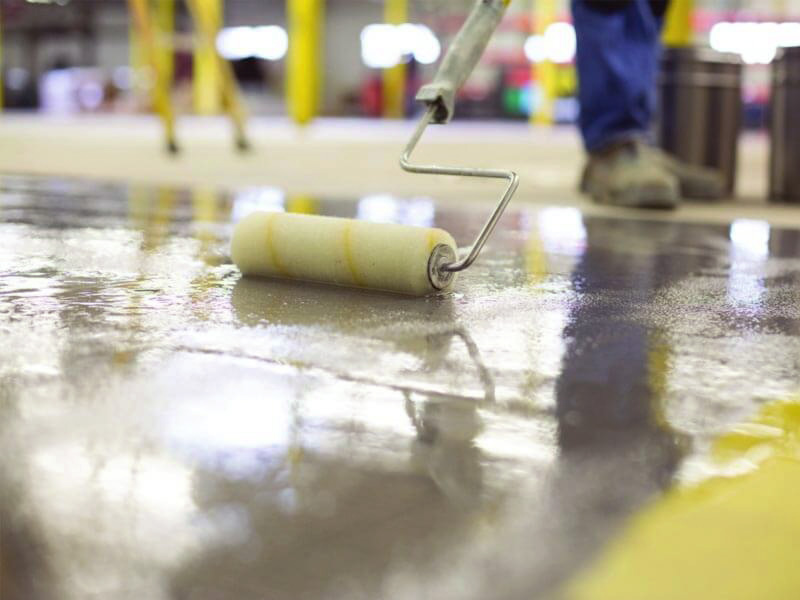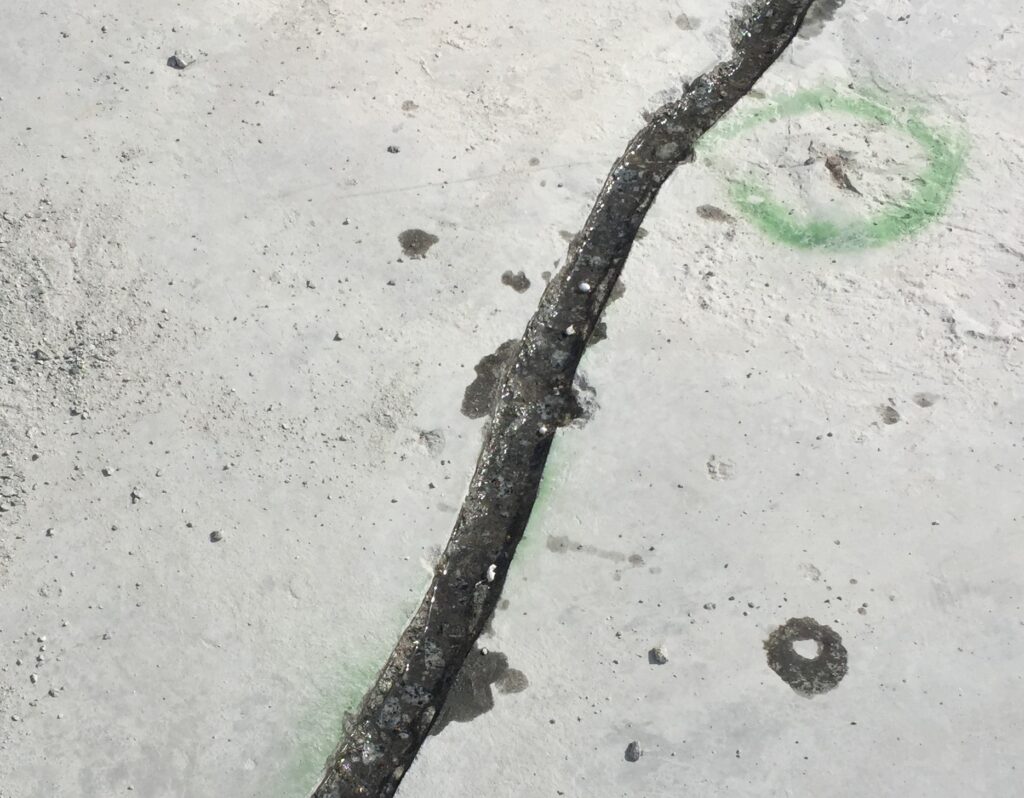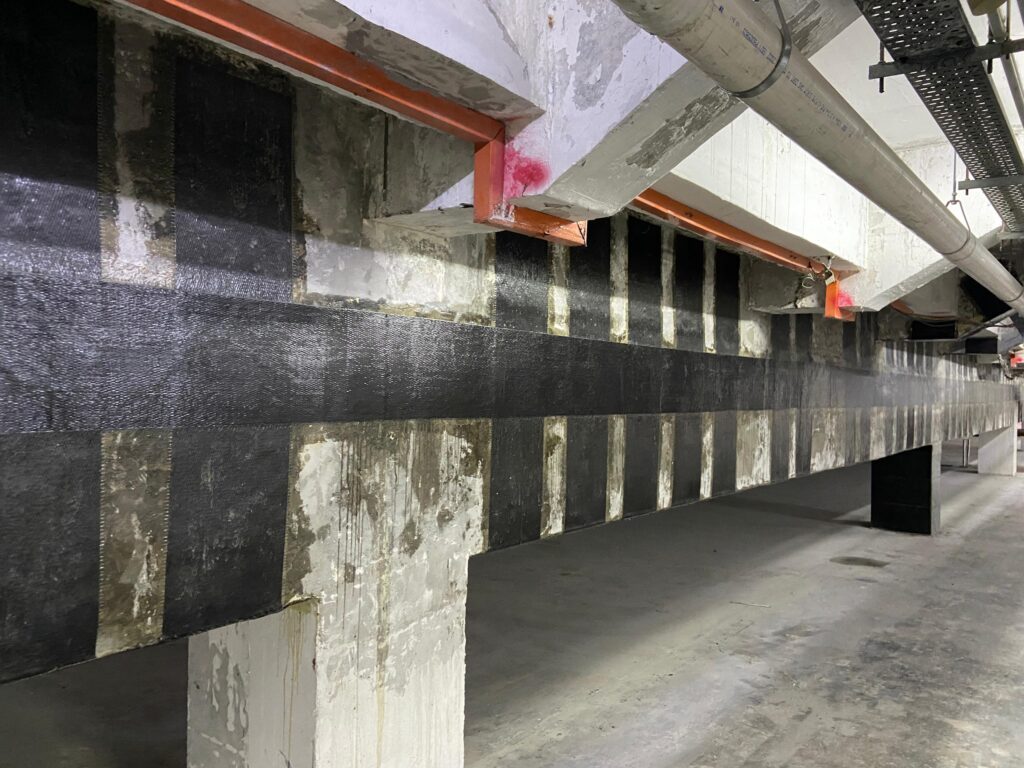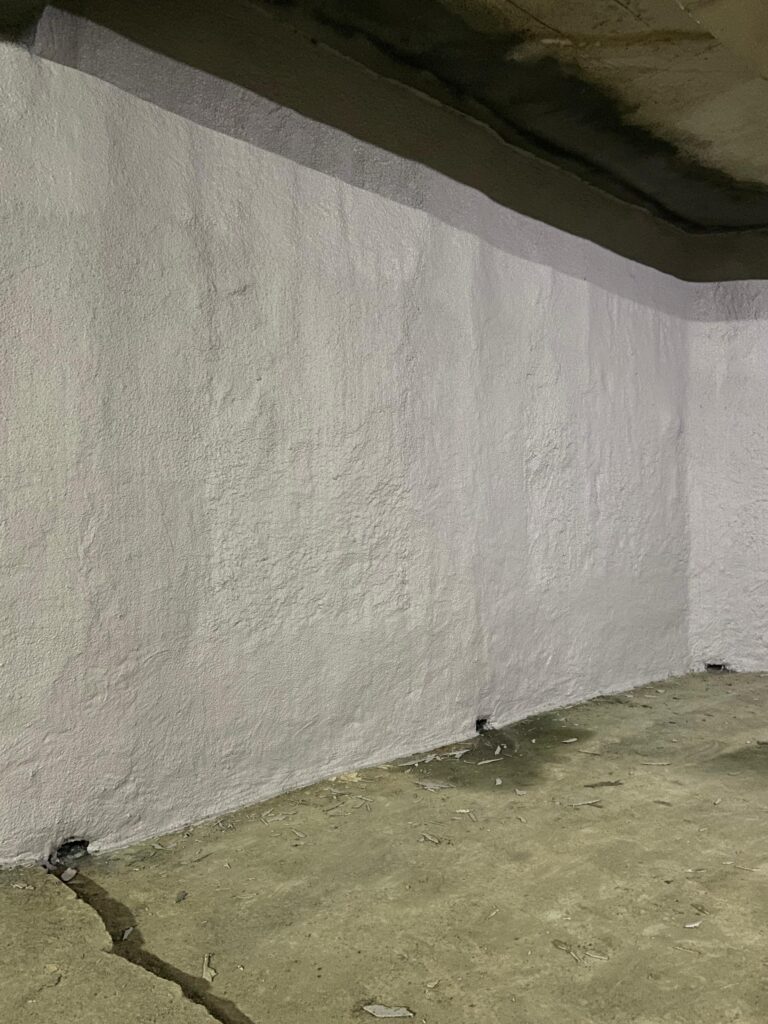Concrete makes up a huge majority of building material around us today and is a highly durable substance. However, just like most mechanical parts, concrete will be prone to wear and tear over time and hence requires maintenance. Deterioration of concrete commonly occurs due to water infiltration, corrosion, mechanical or physical damage, chemical degradation, extreme weather conditions, poor construction methods and other underlying factors. This can lead to further disintegration to the concrete structure such as cracks, spalling, carbonation and others. AXEL provides a holistic repair system for on-site grouting and concrete repairs including cementitious and epoxy mortar grouts with very high strength and quick setting time to suit your needs.
Reinforcement bar coating

Corrosion on rebars occurs due to the presence of moisture, oxygen and acid-forming gases. Anti-rust coatings are important to prevent corrosion on rebars in reinforced concrete which can result in degradation and reduced durability over time.
The coating can be applied directly on new or old rebar after removal of loose rust and scale. It is ideal for rehabilitation of corroded reinforcement and is used for the marine and oil & gas industry.
The epoxy-based coating effectively shields the rebars from the detrimental effects of moisture, corrosive chemicals, and environmental factors, thereby preventing rust, corrosion, and subsequent structural degradation.
Bonding primer and adhesive
Bonding primers and adhesives act as a bridge between two similar or diverse materials to achieve a seamless and durable connection. They enhance adhesion by promoting chemical and mechanical bonding, typically applied to the surface of the substrate or used as a mortar additive to form a slurry blend. These bonding agents come in the form of epoxy primers, modified emulsion base, vinyl acetate base or water based acrylic resin coatings. Epoxy primers are known for their exceptionally high bonding strength and excel in adhering challenging substrates together to stand the test of time. Depending on its use cases, primers and adhesives can bond substrates including concrete, metal, plaster, wood, GRC panels, timber, stone and many others.

Crack repair

AXEL offers an innovative low viscosity liquid epoxy with a slow setting time, allowing it to effectively penetrate deep into fine crevices, cracks and porous concrete structures. Once applied, the epoxy grout solidifies, creating a durable bond that seals and reinforces the affected areas.
This solution is also particularly effective for treating construction joints between old and new concrete. Its self-penetrating nature ensures thorough coverage and enhanced adherence, making it a preferred choice for professionals in the construction and repair industry.
Non-shrink grout
Shrinkage compensated grouts, or more commonly known as non-shrink grouts, consists of a dry premixed blend of Portland cement, siliceous aggregate with set regulating reactive chemical agents and microfume inorganic matters.
These are used as mortars to form base plates for steel or precast columns, machine bases, post-filling for joints or cavities and for concrete rehabilitation work. It is suited to repair hacked unsound or spalled concrete by installation of formwork followed by pressure grouting method.

Patching grout

AXEL manufactures a variety of epoxy patching grouts with the highest strength and quickest setting time. These specialized grouts are formulated by combining epoxy resins and aggregates, resulting in an ultra-high strength compound that is ideal for repairing concrete defects such as spalling, potholes, industrial floors, cracks, honeycomb, concrete piles, culverts, precast structures and joints.
They are highly versatile, durable, chemical resistant and exhibit excellent adhesion. Its ability to bond well with both old and new concrete ensures a seamless and lasting repair. These grouts can attain compressive strengths exceeding 90 MPa within one day, along with bonding strengths surpassing 5 MPa.
Structural Strengthening
Carbon fibre-reinforced polymer (CFRP)
Carbon fibre-reinforced polymer (CFRP) is a high-performance composite material consisting of carbon fibres embedded in a polymer matrix, typically epoxy resin. Though the material is made up of incredibly thin strands of carbon, it exhibits remarkable tensile strength and can withstand a substantial amount of pulling force without breaking. It is also lightweight, highly flexible and versatile to conform to shapes, corrosion resistant and relatively easy to apply. It provides enhanced load-bearing capacity by strengthening concrete structures that are deteriorating, under-designed or compensate for changes in structural alteration. This method is cost-effective and especially valuable in extending the lifespan to aging infrastructures and buildings.


Steel Plate Reinforcement
Steel plate strengthening is commonly applied to reinforce and fortify existing concrete structures by incorporating supplementary steel plates. This method is particularly useful in situations where the original concrete has weakened over time due to degradation such as spalling.
This method of strengthening can significantly improve the load-bearing capacity of the structure, allowing it to withstand greater forces or loads. Additionally, it can extend the lifespan of the structure by mitigating the effects of spalling, corrosion, and other forms of deterioration.
The existing structure is prepared by cleaning and sometimes roughening the surface to ensure proper adhesion between the original concrete and additional plates. The steel plates are then securely attached using various techniques including welding, bolting, or adhesive bonding, depending on the design by the Engineers. It is an efficient and cost-effective method to enhance structural capabilities, ensuring they remain safe and functional for years to come.
Gunite
Gunite, also known as shotcrete, is a versatile construction method commonly used for reinforcing building structures, slope protection and forming sculpture elements. It is a mixture of cement, sand, and water that is pneumatically sprayed onto surfaces at high velocity. The difference between shotcrete and gunite is when the concrete is mixed with water. Shotcrete refers to a wet-mix while gunite refers to a dry-mix, whereby water is only mixed with dry concrete at the tip of the nozzle just before spraying.
Gunite offers exceptional strength and durability due to the high-pressure application process as it compacts the mixture, resulting in a concrete with low permeability and high compressive strength. It can also be mixed with fibres and sprayed over netting to increase its flexibility and strength. This makes gunite an excellent choice for projects that require robust and long-lasting structures, particularly those subjected to water or environmental stresses.


